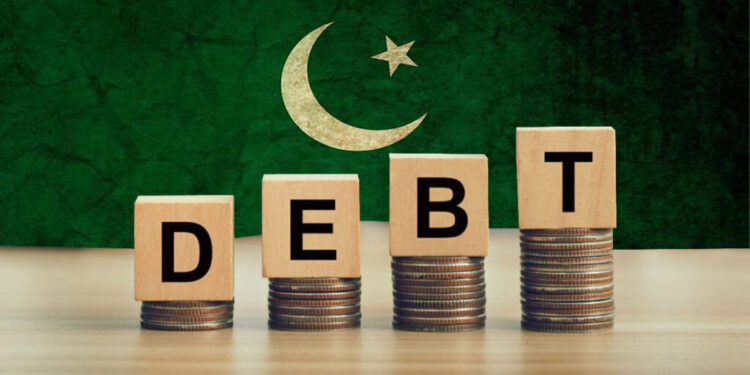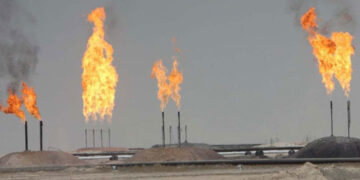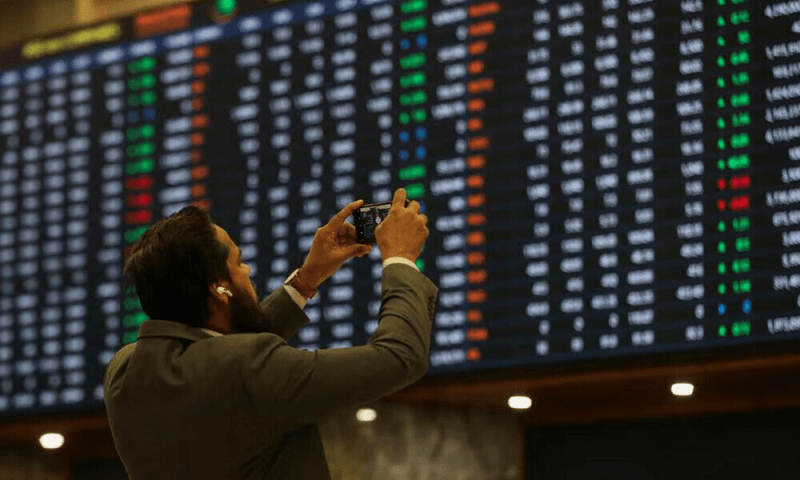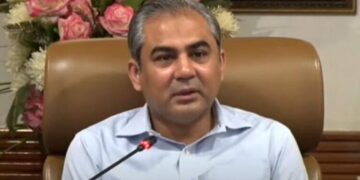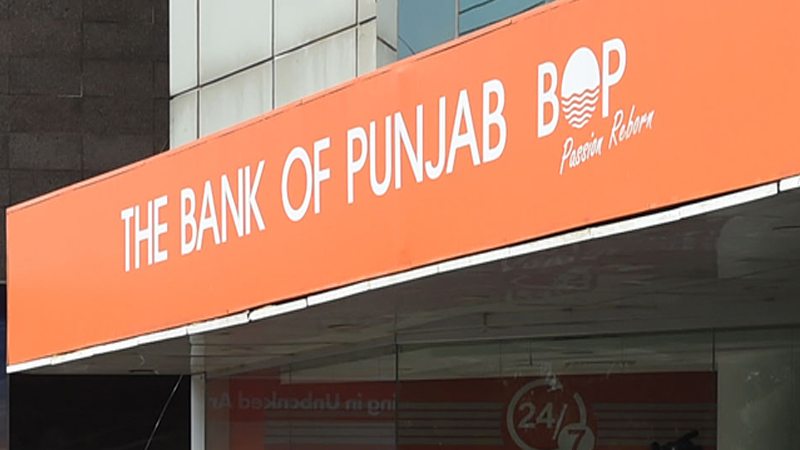BY : Mukarram Abbas.
Student of Al-Jamea-Tus-Saifiyah,North Nazimabad.
Islamabad, November, 2024 — Pakistan is grappling with a deepening debt crisis that threatens to undermine its economic stability. As the country navigates a precarious financial landscape, rising inflation, plummeting foreign reserves, and a depreciating currency have compounded the challenges faced by the government.
According to recent reports from the State Bank of Pakistan, the nation’s external debt has surged to a staggering $130 billion, representing over 40% of its GDP. This mounting burden has raised alarms among economists and international observers, who warn that without significant reforms, Pakistan risks defaulting on its obligations.
The crisis has been exacerbated by a series of unfavorable conditions, including the global economic downturn and the ongoing effects of climate change. Severe flooding earlier this year devastated agricultural output, further straining the economy and leading to soaring food prices. Inflation has reached a historic high of 30%, significantly impacting the purchasing power of the average Pakistani.
In response to the worsening situation, the government has sought assistance from international financial institutions, including the International Monetary Fund (IMF). However, negotiations for a new bailout package have been slow and fraught with challenges. The IMF has demanded strict fiscal discipline and structural reforms, which have proven politically contentious in a country where public sentiment is already strained due to rising living costs.
The political landscape in Pakistan is also unstable, with ongoing protests against government austerity measures. Critics argue that the required reforms disproportionately affect the poorest segments of society. As public discontent grows, the government faces mounting pressure to balance economic recovery efforts with the need to maintain social stability.
In an effort to alleviate the crisis, the Pakistani government has implemented measures to increase tax revenues and streamline expenditures. However, these efforts have met with limited success, leading some analysts to suggest that more drastic measures may be necessary, including renegotiating terms with existing creditors.
Furthermore, the depreciation of the Pakistani rupee has made debt servicing increasingly burdensome, raising concerns about the country’s ability to meet its financial obligations. Experts warn that if the situation continues to deteriorate, it could lead to a broader regional crisis, given Pakistan’s strategic importance in South Asia.
As Pakistan stands at a crossroads, the path it chooses in the coming months will be crucial. The nation’s leaders must navigate a complex web of economic pressures, political instability, and international expectations to steer the country toward a more sustainable financial future. Without decisive action, the prospects for recovery remain bleak, leaving millions of Pakistanis in economic uncertainty.


